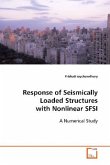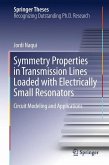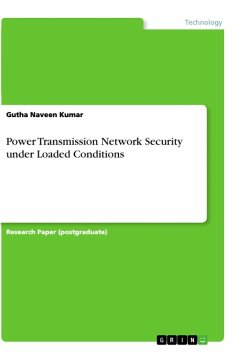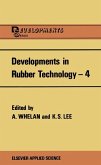As Directors of this NATO Workshop we welcome this opportunity to record formally our thanks to the NATO Scientific Affairs Division for making our meeting possible through generous financial support and encouragement. This meeting had two purposes: the first obvious one because we have collected key scientists from East and West together to discuss the latest developments in the design against fatigue for structures and components. The second is less obvious but perhaps in the longer term more important; that is the building of bridges between East and West Europe, bridges cemented in the first place by personal friendship between scientists. Fatigue is the process by which structures subjected to cyclical loads deteriorate. The advent of the industrial revolution and in particular the spread of railways caused this phenomena to be recognised and studied some 150 years ago. Despite intensive efforts over the years and despite a huge increase in our theoretical and practical understanding offatigue, failures still occur causing economic disruption and even loss of life. Some of the reasons lying behind this apparent failure to apply advanced knowledge to everyday engineering were explored during this Workshop. Economic pressures to extend the lives of existing plant are becoming more intense. Therefore of vital importance is the generation of knowledge used to assess the performance of existing structures and machines and to produce guidance on their continued safe operation.








